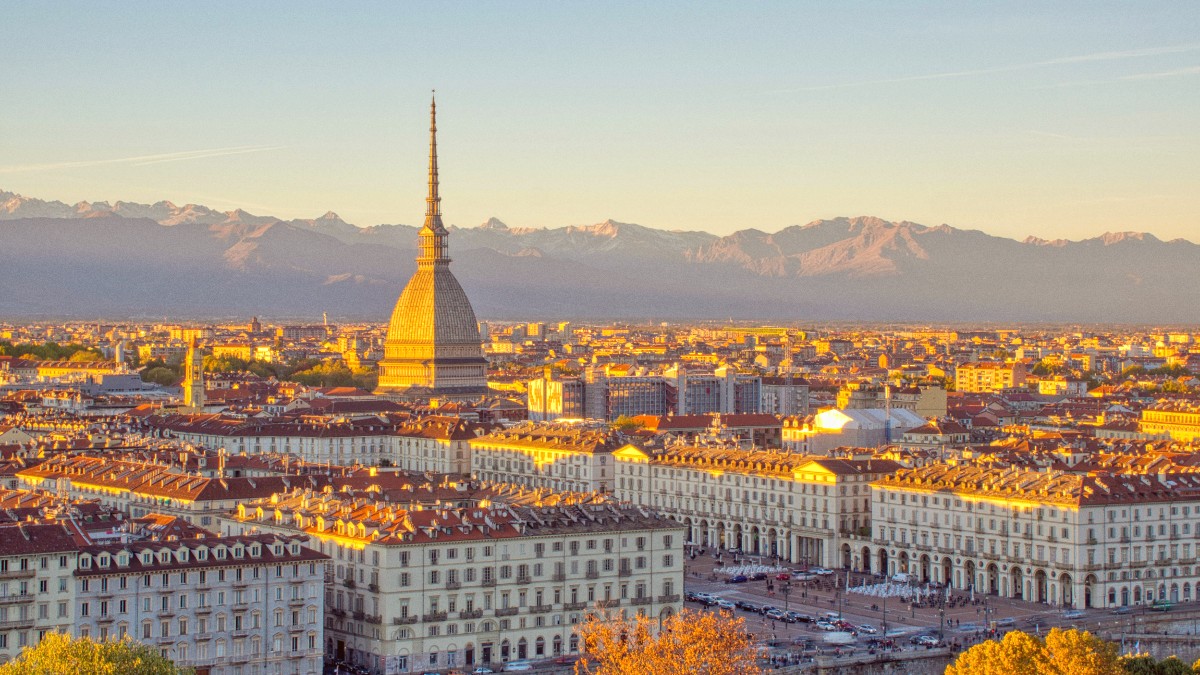
Liguria Piedmont And Valle Daosta, Italy
Piedmontese cuisine, and Turin’s, presents as hearty, elegant, and often rich, mirroring its mountainous terrain, fertile plains, and royal legacy. The House of Savoy introduced a certain refinement and French sway.
This cuisine values high-quality, local ingredients and slow cooking methods, reflecting a philosophy deeply rooted in the Slow Food movement, which started in Piedmont. Turin also serves as the capital of Italian chocolate.
Known for Barolo and Barbaresco wines, and white truffles. Dishes here often feature truffle with tajarin (fine pasta).
Famous for Barbera and Dolcetto wines, and as the traditional origin of agnolotti.
Mountain cuisine tends to be heartier, with more polenta, game, and richer stews.
Small, pinched ravioli, typically filled with roasted meat. Served simply with butter and sage, or a rich meat jus.
Find in most traditional Piedmontese restaurants and trattorias.
A fine, egg-yolk-rich pasta, thinner and more delicate than tagliatelle. Served with butter and generous fresh truffle shavings (seasonal).
A highlight in high-end trattorias specializing in truffles (autumn).
A warm, savory dip of garlic, anchovies, and olive oil, served communally with fresh or cooked vegetables. A traditional winter dish.
Enjoy at traditional trattorias or in local homes during colder months.
Small, boat-shaped chocolates made from gianduja (hazelnut, sugar, cocoa paste).
A traditional Piedmontese dessert similar to a crème caramel, featuring cocoa, amaretti, and often rum.
Turin's culinary landscape features exquisite establishments.
Numerous trattorias and osterias provide hearty, traditional meals at reasonable values.
For quick, inexpensive bites or a local immersion.
A vast food hall and gourmet supermarket in the former Fiat factory. It is a spot for exploring and purchasing high-quality Italian culinary products.
Dine at various counters or savor a full meal.
Turin is a growing and diverse international food scene. Discover Chinese, Japanese (sushi), Indian, Middle Eastern, and other global cuisines.
Especially prominent in San Salvario and areas near train stations.
Growing availability; request "senza carne" or "senza formaggio."
Limited dedicated options; some international eateries may have halal.
Increasingly available; always inform staff: "Ho un'allergia a..."
Clear communication with staff is paramount.
This pre-dinner custom is a quintessential Turin experience, a social event and a method to sample a variety of local snacks.
A fantastic way to begin your evening.
Visiting Turin's opulent, centuries-old cafes (e.g., Caffè Al Bicerin, Caffè Fiorio) is a must. They furnish an experience of grandeur.
Enjoy delicious coffee, chocolate, and pastries, often retaining original decor.
Turin hosts significant food-related festivals that draw international visitors.
Consider booking food tours for comprehensive culinary experiences.
A complex mixed fried platter featuring various meats, offal, vegetables, and even sweet items. A traditional, hearty dish.
Tender beef slow-cooked in rich Barolo wine, typically served with creamy polenta or mashed potatoes, absorbing deep wine flavors.
A popular cold appetizer with thinly sliced veal covered in a creamy, mayonnaise-like sauce with tuna, capers, and anchovies.
Italian coffee culture is strong. Enjoy an espresso while standing at a bar counter.
A quick and invigorating experience.
The unique layered coffee and chocolate drink, Bicerin, began in Turin and presents a special non-alcoholic option.
A sweet treat not to miss.
International Book Fair, annually in May. Features authors and readers from across the globe.
Important international film festival, typically in November. Showcases independent and art-house cinema.
Annual chocolate festival, typically in November. Celebrates Turin's chocolate heritage with tastings and workshops.
Always check restaurant hours, as many close between lunch and dinner service.